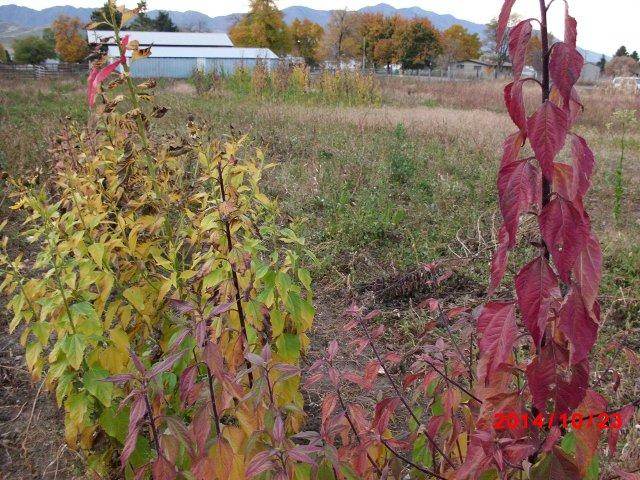

























 1
1




Sunroots have a reputation for being sterile and not producing seeds. That is because seeds only form if pollinated by an unrelated plant and since most people grow a single clone they do not get seeds. Harvesting seeds from sunroots can also be problematic because goldfinches are extremely effective predators of the seed. I bag the seed heads or harvest them shortly after petal drop. Sunroots growing in a genetically diverse population produce thousands of seeds per plant. I only have to bag a few heads in order to have an abundance of seed.
Pecan Media: food forestry and forest garden ebooks
Now available: The Native Persimmon (centennial edition)




Moderator, Treatment Free Beekeepers group on Facebook.
https://www.facebook.com/groups/treatmentfreebeekeepers/






 1
1




Dan Boone wrote:Well, your pretty picture just now inspired me to pull out my baggie, crumble a seed head, and examine the debris. My conclusion is that there aren't very many seeds in my seed heads -- perhaps ten per seed head, not as robust-looking as yours -- but there are a few. I am of course open to the likelihood that the seeds I did get are sterile, but I'm going to plant them anyway just for fun.
 1
1




Joseph Lofthouse wrote:A few people have sent me seeds collected from Jerusalem Artichokes. The seeds have been empty husks and didn't germinate... There's no harm done in trying though. I winnow to separate the chaff and dead seeds from the viable seeds.
Pecan Media: food forestry and forest garden ebooks
Now available: The Native Persimmon (centennial edition)

|
For my next trick, I'll need the help of a tiny ad ...
montana community seeking 20 people who are gardeners or want to be gardeners
https://permies.com/t/359868/montana-community-seeking-people-gardeners
|






